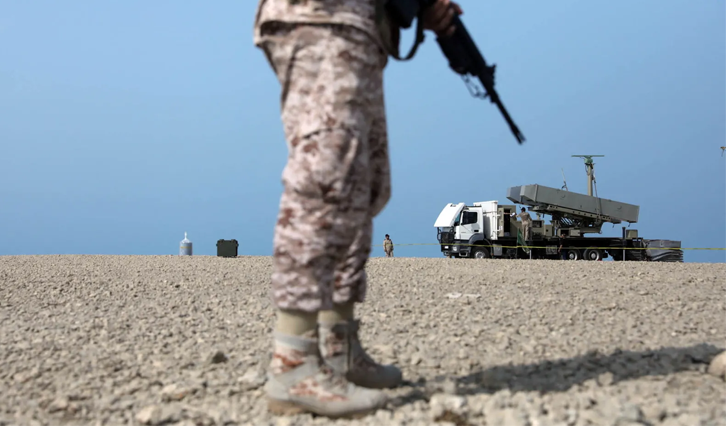In the months since Israel and the United States’ 12-day war with Iran in June, analysts and intelligence agencies have widely debated the extent of the damage to the Iranian nuclear program and regime. It is still unclear how much of Iran’s nuclear infrastructure has survived and how quickly, if at all, it can be reconstituted. On a strategic level, however, the effect of the war is indisputable: it marks the eclipse of a nuclear strategy that the Islamic Republic had pursued, often successfully, since the 1980s.
For decades, Iran was the quintessential nuclear hedger. It sought the know-how and technology to weaponize its nuclear program but stopped short of doing so for political reasons. This threshold strategy was successful, at least for a time. Although both Israel and the United States tried to continually delay the nuclear program through sabotage and targeted assassinations, neither country overtly struck Iran’s nuclear facilities. Then, in 2015, with the signing of the Joint Comprehensive Plan of Action (JCPOA), it seemed as if the regime’s gamble had paid off: Iran received much-needed sanctions relief in exchange for accepting restrictions on its program. The threat created by Iran’s hedging, combined with the second Obama administration’s desire to find a comprehensive diplomatic solution, resulted in successful negotiation of the landmark deal that pushed Iran’s program much further away from a bomb.
But since the 12-day war, that strategy lies in tatters. U.S. and Israeli airstrikes caused substantial damage to key facilities at Natanz, Fordow, and Isfahan and crippled Iran’s military leadership structure. Iran underestimated Washington’s willingness to support Israeli military action and join the campaign itself. Today, Iran finds itself vulnerable to existential territorial attack and regime change efforts, with a bomb likely far out of reach and its negotiating position with the West weaker than ever before.
The failure of Iran as a threshold nuclear power vindicates the strategy of another U.S. adversary: North Korea. In contrast to Tehran, Pyongyang largely avoided delays in weaponizing its program; it made steady progress toward a bomb, using periodic engagement to test U.S. resolve over possible agreements, routinely relied on feints and stalling tactics, and weathered tremendous diplomatic and economic pressure along the way. When diplomacy broke down, North Korea rapidly advanced its program so its Kim regime was prepared to approach any future engagement from a position of greater strength. As Supreme Leader Ali Khamenei attempts to regroup in Iran, North Korean leader Kim Jong Un, with one of the world’s most rapidly expanding and diversifying arsenals and strategic partners in Beijing and Moscow, looms as an example of what could have been. For would-be proliferator states, the lessons are dangerously clear: do not wait to get the bomb, assume major powers will attack, and do not trust that diplomacy is within reach. In other words, be like Kim, not like Khamenei.


